Submitted by WA Contents
Winners announced for Aga Khan Award for Architecture 2022
Switzerland Architecture News - Sep 23, 2022 - 10:48 7116 views
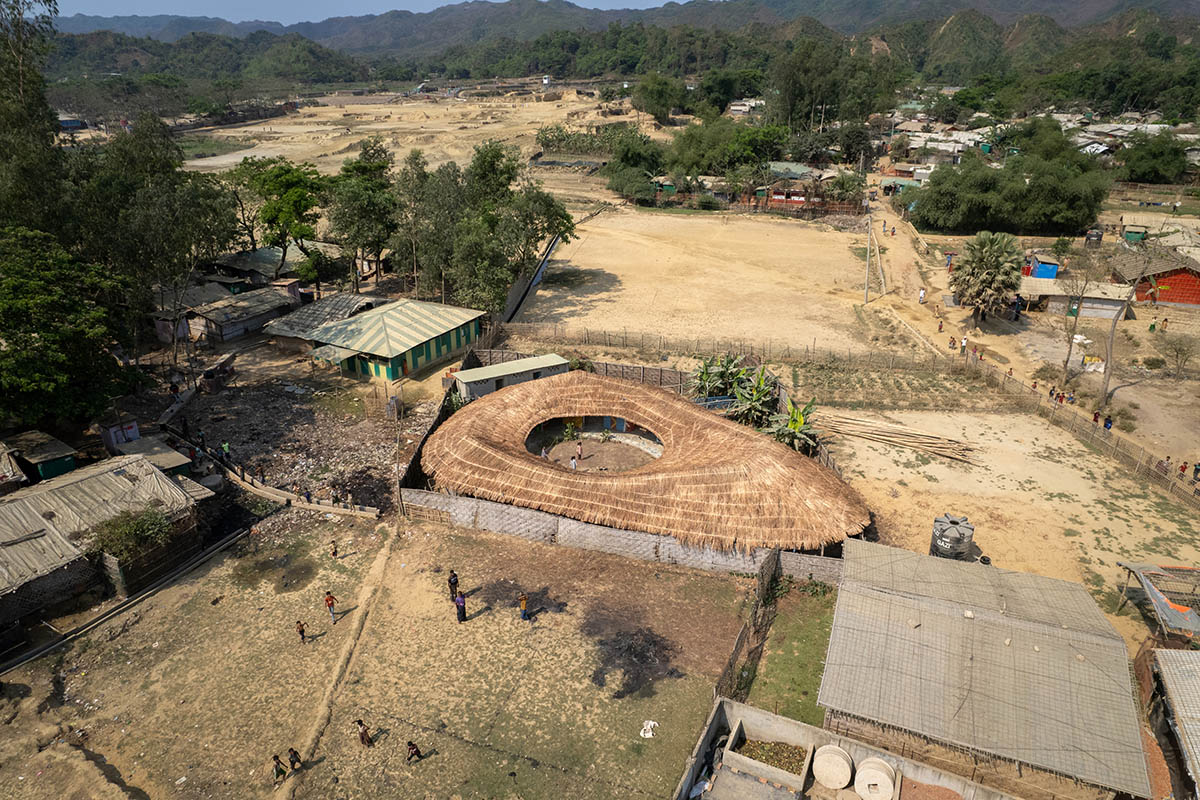
Six winning projects have been announced for the 2022 Aga Khan Award for Architecture, including the transformation of a derelict informal dump site into an attractive and accessible multifunctional space in Jhenaidah, a collection of six sustainably built structures housing a refugee shelter in Bangladesh, the construction of Banyuwangi International Airport with a continuous arrangement from landscape in Indonesia.
The six Award winners were selected from a pool of 463 projects nominated for the 15th Award Cycle (2020-2022).
In June, the 20 shortlisted projects from 16 different countries were selected by an independent, nine-member Master Jury, including Nada Al Hassan, Amale Andraos, Francis Kéré, Lina Ghotmeh, Anne Lacaton, Nader Tehrani. The nine-member jury awarded six projects among the shortlisted projects after on-site reviews of the shortlist by a team of experts.
The six winners will share the $1 million award, one of the largest award in architecture. The winning projects show excellence in the field of architecture, promises for communities, architectural innovation and care for the environment.
The winning countries and projects include two projects from Bangladesh, one from Indonesia, one from Iran, one from Lebanon and one from Senegal.
See the six winning projects with jury citations in the 2022 Award Cycle:
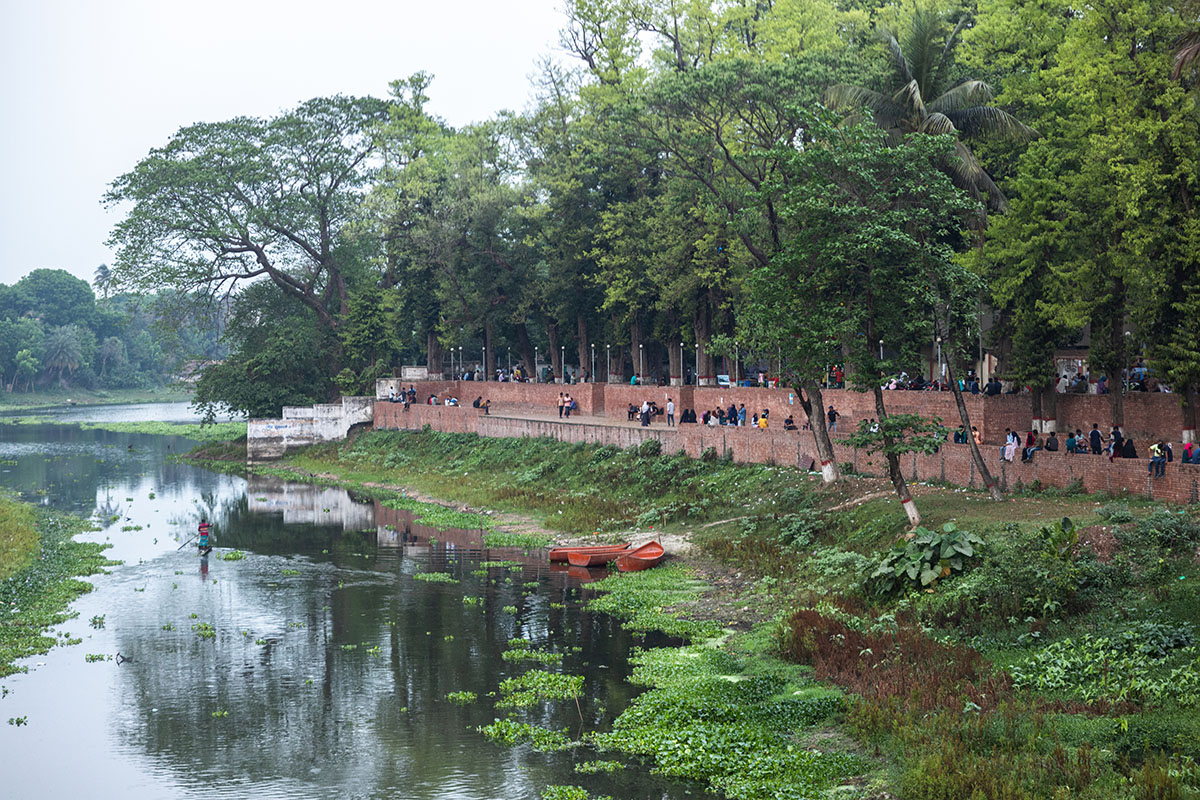
Urban River Spaces, Jhenaidah, Bangladesh, by Co.Creation.Architects / Khondaker Hasibul Kabir, Suhailey Farzana. The area was difficult to access in spite of its central location. The municipality accepted to break paths in several walls in order to make the ghat and the river easily reachable. Image © Aga Khan Trust for Culture / Asif Salman
Urban River Spaces, Jhenaidah, Bangladesh, by Co.Creation.Architects / Khondaker Hasibul Kabir, Suhailey Farzana
"Through consistent community participation and appropriation, extensive involvement of women and marginalised groups, and a local workforce, the seemingly simple undertaking of cleaning up the access to the Nabaganga river in Jhenaidah led to a thoughtful and minimal landscaping project with local materials and construction techniques, thus transforming a derelict informal dump site into an attractive and accessible multifunctional space that is valued by Jhenaidah’s diverse communities. As such, the project managed to reverse the ecological degradation and health hazards of the river and its banks, and induce effective ecological improvement of the river, in one of the most riverine countries on earth."
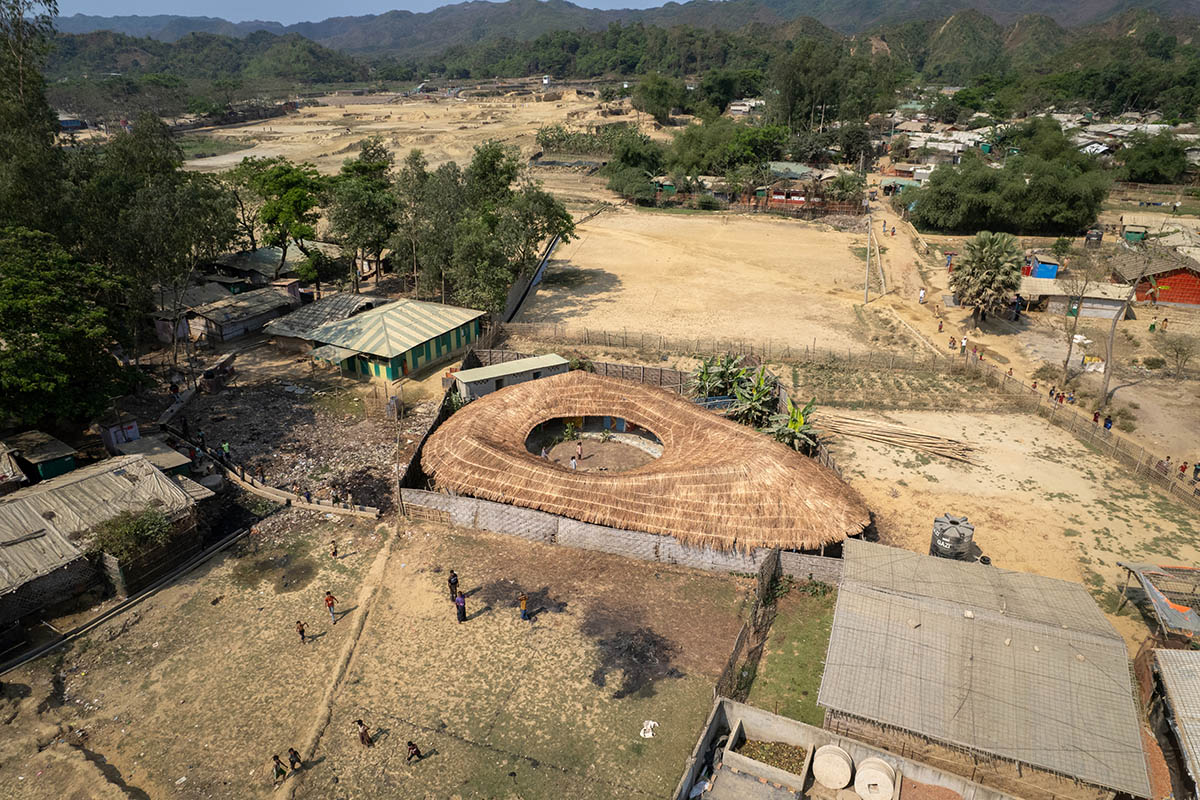
Community Spaces in Rohingya Refugee Response, Teknaf, Bangladesh, by Rizvi Hassan, Khwaja Fatmi, Saad Ben Mostafa. Aerial view of the Safe Space for Women and Girls in Camp 25. The activity areas and rooms are organised around an open courtyard, connecting them into one larger space. Image © Aga Khan Trust for Culture / Asif Salman
Community Spaces in Rohingya Refugee Response, Teknaf, Bangladesh, by Rizvi Hassan, Khwaja Fatmi, Saad Ben Mostafa
"The six temporary community spaces of the Rohingya Refugee Response programme provide a dignified, sensitive and ingenious response to emergency needs related to the major influx of Rohingya refugees into Bangladeshi host communities, with particular attention to the safety of women and girls. The concept and design of the six spaces are the result of appropriate planning, solid partnerships and inclusive processes involving the diverse refugee and host communities, such as defining spatial and functional needs."
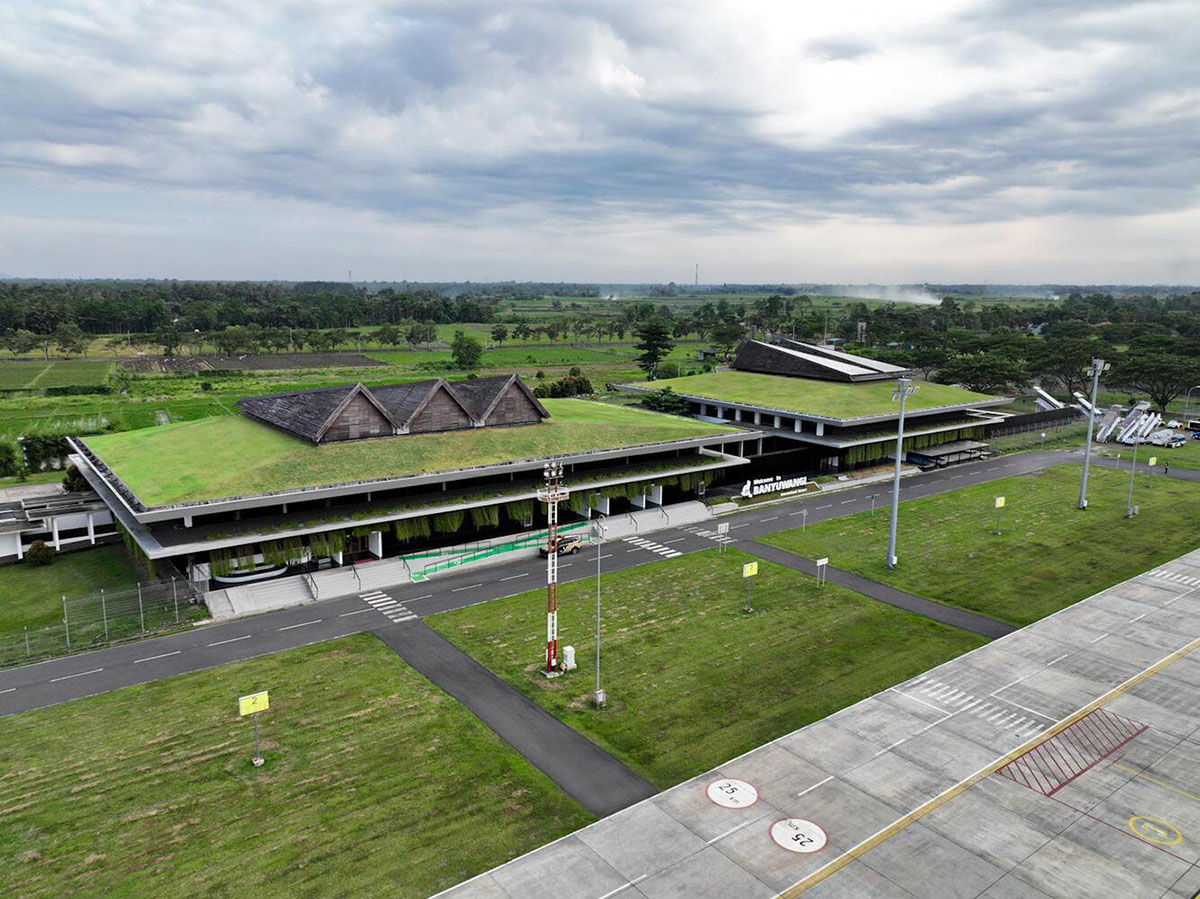
Blimbingsari Airport, Banyuwangi, Indonesia, by andramatin. General view of the domestic airport that serves more than 1,100 passengers per day. Image © Aga Khan Trust for Culture / Mario Wibowo
Blimbingsari Airport, Banyuwangi, Indonesia, by andramatin
"Arising from a sea of a paddy fields, the building extends the language of the landscape into a concentrated event that coalesces architecture, functionality and setting in a seamless yet discernible disposition. Modern and efficient in all aspects, but at home in its place, Banyuwangi International Airport may be a game-changer in airport architecture, especially considering that the Indonesian government is set to build some 300 airports in the near future."
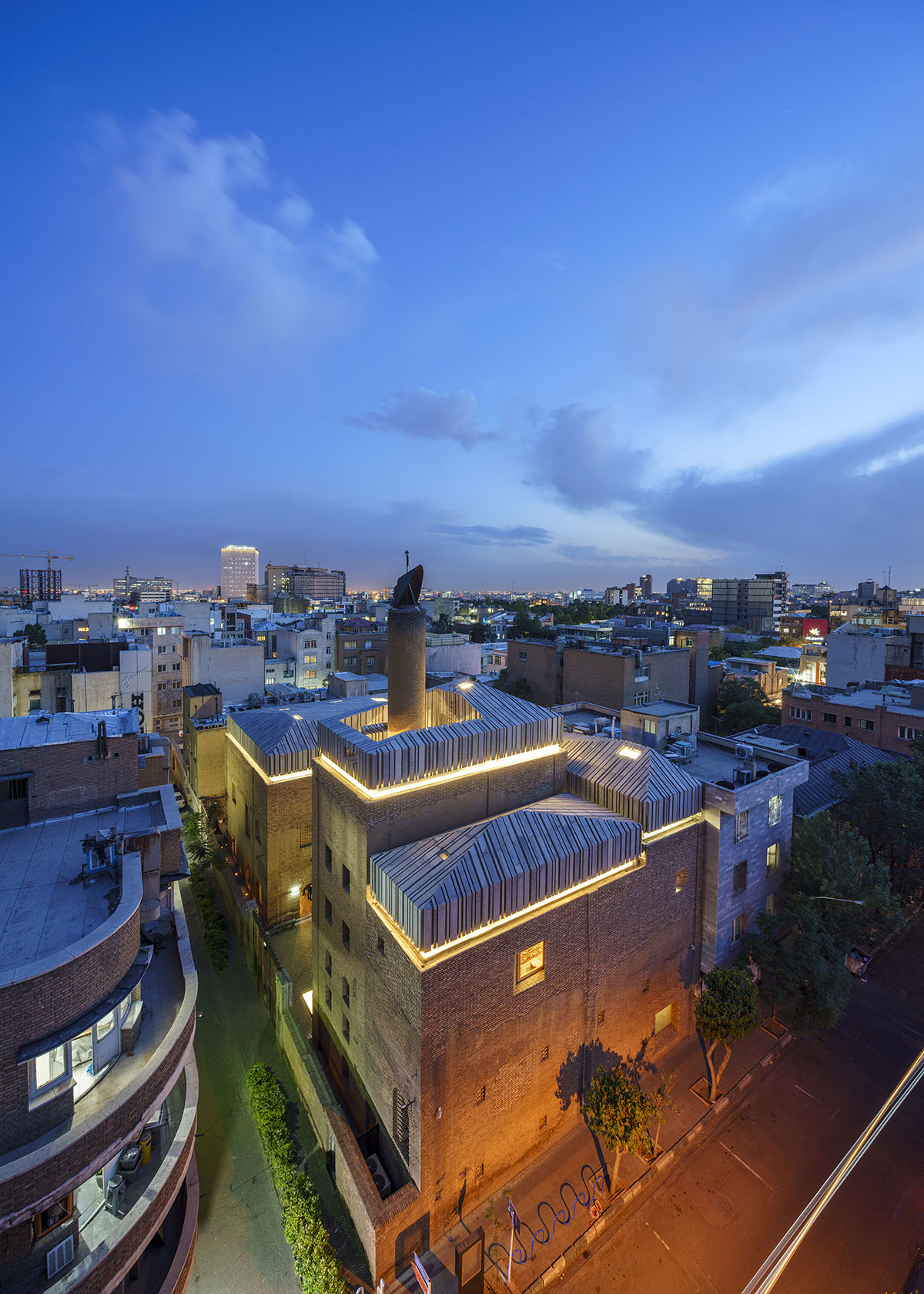
Argo Contemporary Art Museum & Cultural Centre, Tehran, Iran, by ASA North / Ahmadreza Schricker. Aerial view of the museum by night. Image © Aga Khan Trust for Culture / Deed Studio
Argo Contemporary Art Museum & Cultural Centre, Tehran, Iran, by ASA North / Ahmadreza Schricker
"In the dense urban neighbourhood that is Tehran’s historical centre, this untypical reuse and conservation project has transformed the Argo Factory – a former brewery whose activities were moved 10 years before the Iranian Revolution, for pollution reasons, to a site outside the city – into a private museum for contemporary art. From the ruins of the original building, the existing brewery was renovated and new surfaces built with a subtle approach and design. A variety of spaces for exhibitions, talks and films were developed over four levels, and a new artist residence was built adjacent to the museum."

Renovation of Niemeyer Guest House, Tripoli, Lebanon, by East Architecture Studio. Central courtyard with the glazed partitions. Image © Aga Khan Trust for Culture / Cemal Emden
Renovation of Niemeyer Guest House, Tripoli, Lebanon, by East Architecture Studio
"The renovation of the Niemeyer Guest House is an inspiring tale of architecture’s capacity for repair, at a time of dizzying, entangled crisis around the world, and in Lebanon in particular, as the country faces unprecedented political, socio-economic and environmental collapse. Located on the outskirts of Tripoli – one of the oldest and most beautiful port cities, once renowned for its craft but today ravaged by extreme poverty, migration and lack of public space – the rehabilitation of the Guest House is part of the Rachid Karami International Fair (RKIF), the unfinished masterpiece of the architect Oscar Niemeyer."
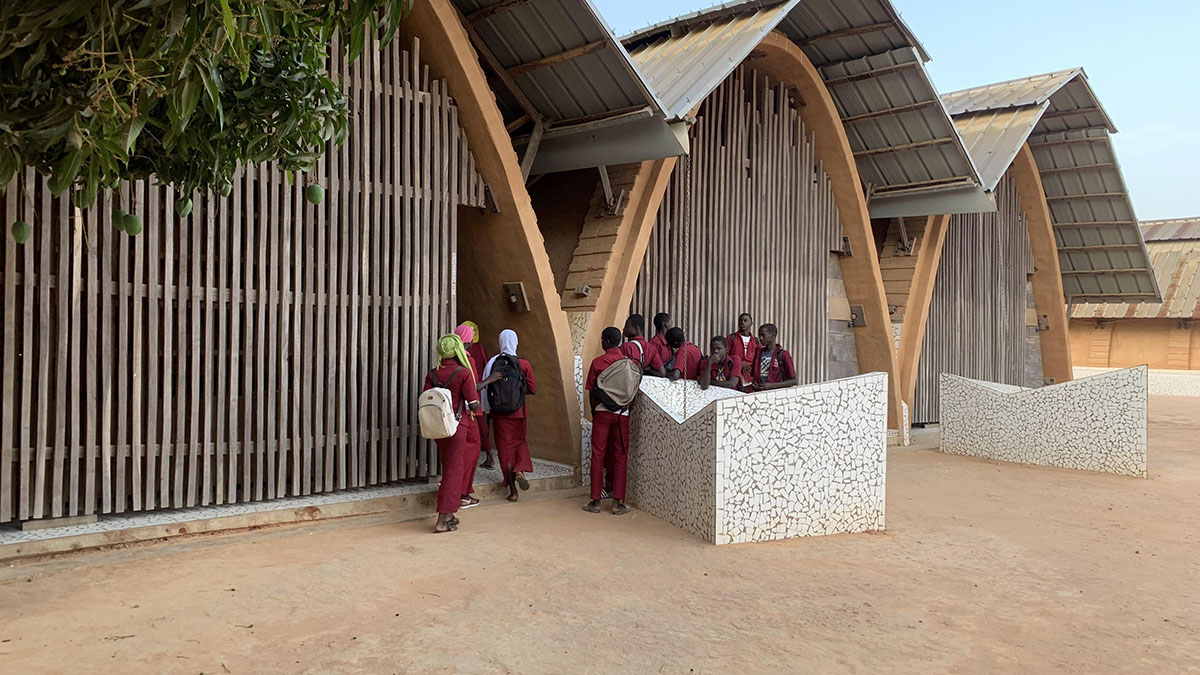
Kamanar Secondary School, Thionck Essyl, Senegal, by Dawoffice. The vaults are made of compressed clay blocks. Image © Aga Khan Trust for Culture / Amir Anoushfar
Kamanar Secondary School, Thionck Essyl, Senegal, by Dawoffice
"A campus replete with infrastructure, buildings, landscapes and furnishings, the Kamanar Secondary School is unique in that it addresses the multiple scales of urbanism, landscape, architecture and building technologies with equal commitment and virtuosity. The site’s topography and flora are the key founding conditions of this project, prompting the introduction of a grid of classroom pods organised around pre-existing tree canopies, adopting their shade as social spaces that serve the students and teachers alike."
The Aga Khan Award for Architecture was established in 1977 by His Highness the Aga Khan "to identify and encourage building concepts that successfully address the needs and aspirations of communities in which Muslims have a significant presence."
The Award’s selection is based on a rigorous process and recognizes projects "that not only provides for people’s physical, social and economic needs, but that also stimulates and responds to their cultural aspirations."
Ceremonies to honour the winning projects and mark the close of each triennial cycle are held in settings selected for their architectural and cultural importance to the muslim world.
The 2022 ceremony will be held in Muscat, Sultanate of Oman, in conjunction with the Aga Khan Music Awards ceremony.
The Award doesn't not only rewards architects, but also awards "municipalities, builders, clients, master artisans and engineers who have played important roles in the project."
AKAA also stated that in the past 15 triennial cycles of the Award, AKAA awarded 128 projects and nearly documented 10,000 building projects.
Top image: Community Spaces in Rohingya Refugee Response, Teknaf, Bangladesh, by Rizvi Hassan, Khwaja Fatmi, Saad Ben Mostafa. Image © Aga Khan Trust for Culture / Asif Salman.
